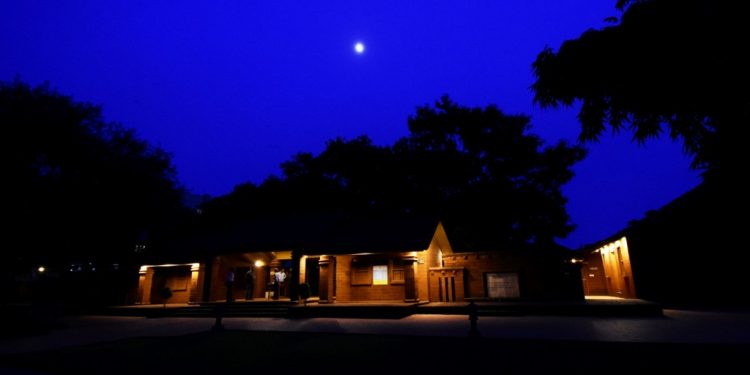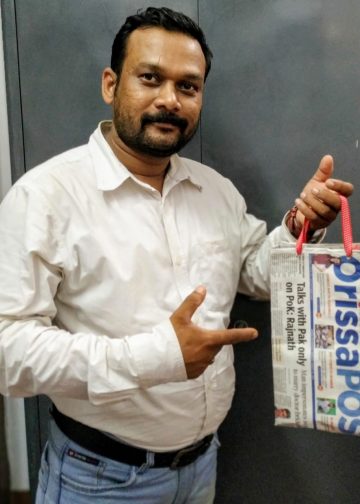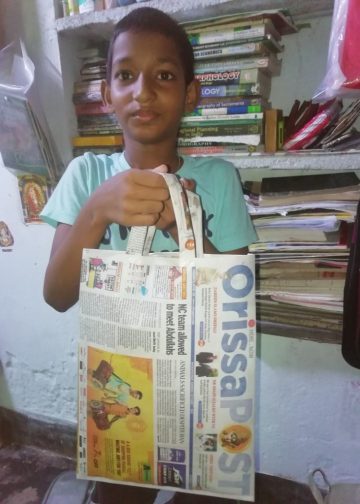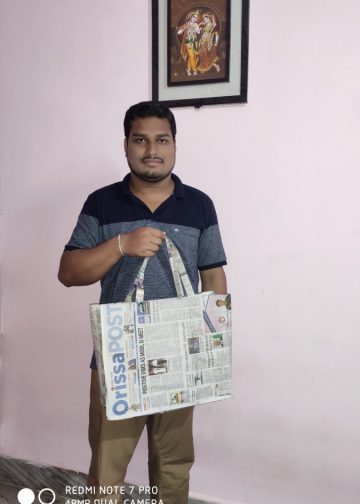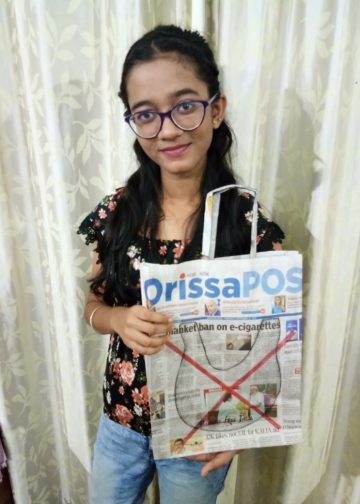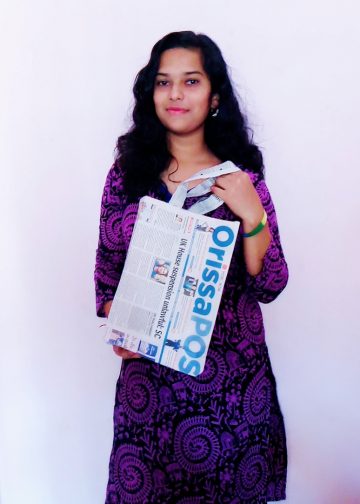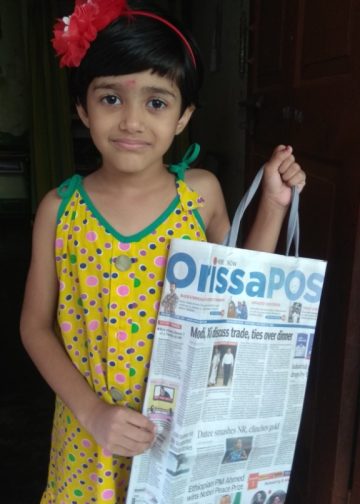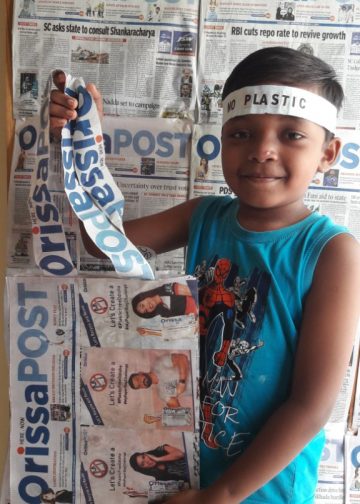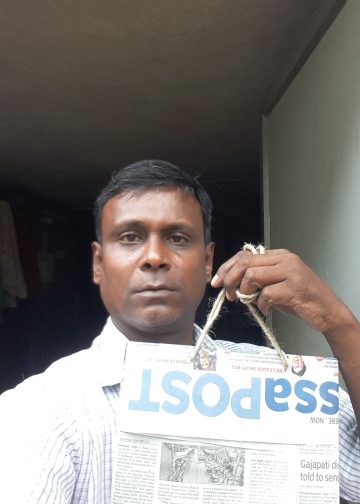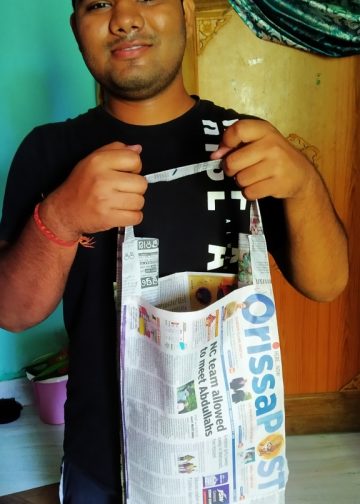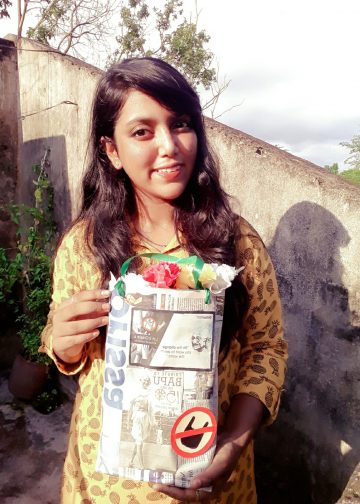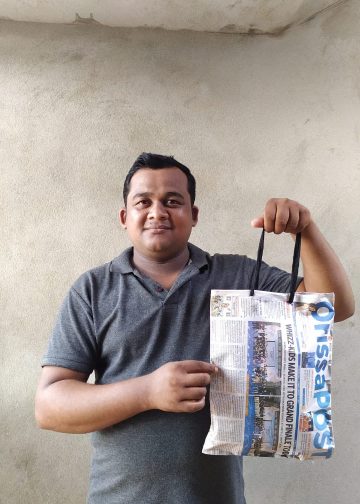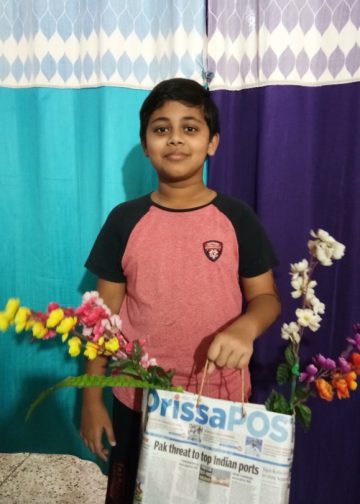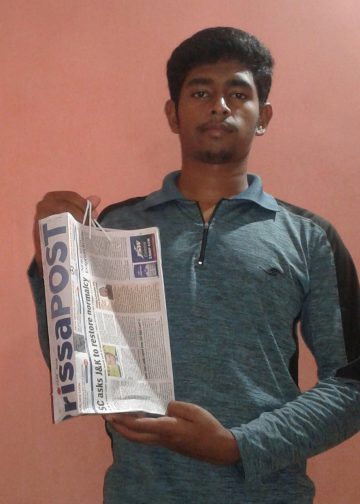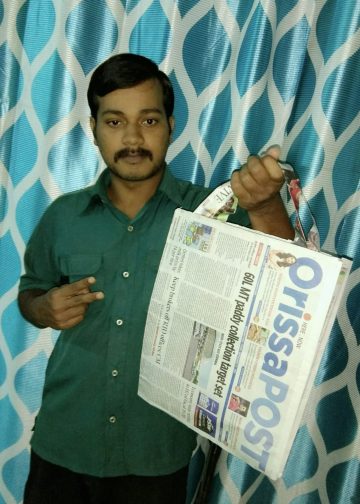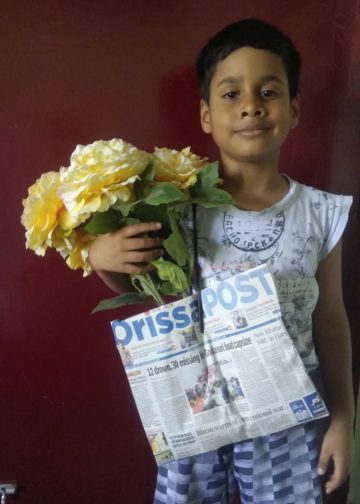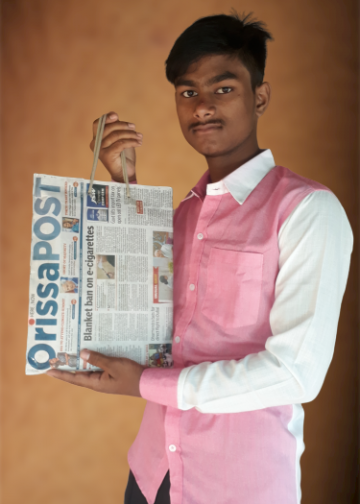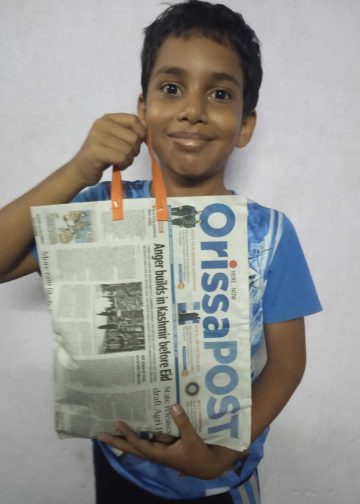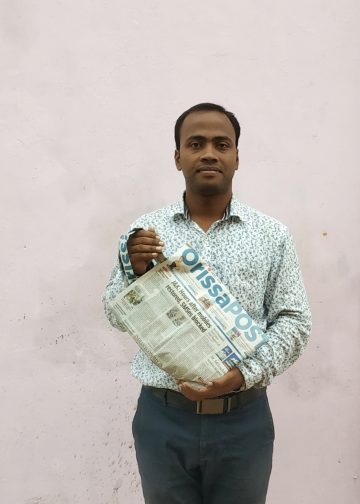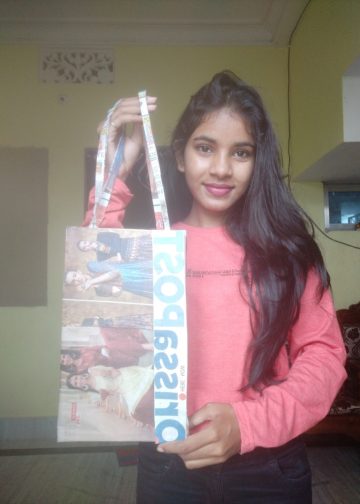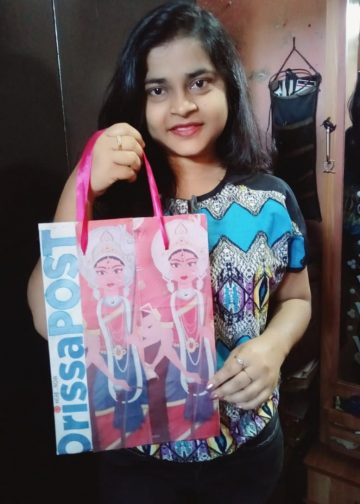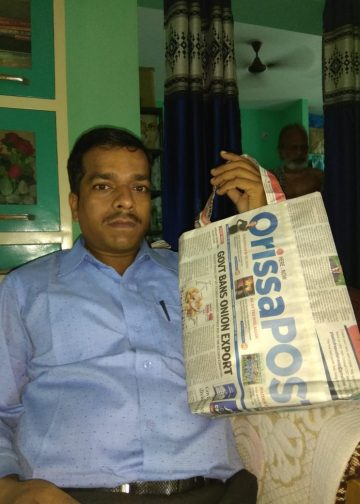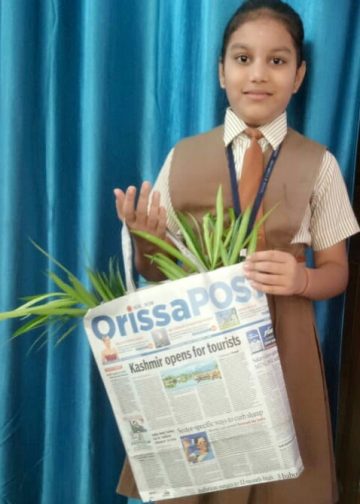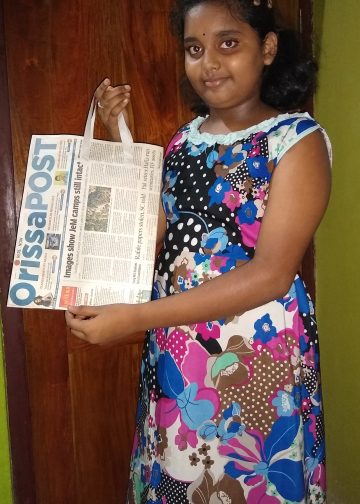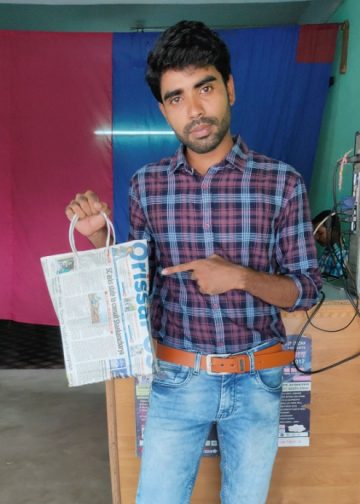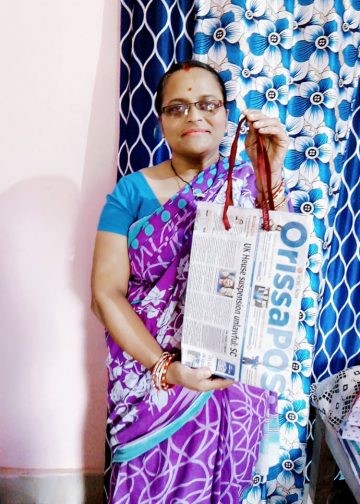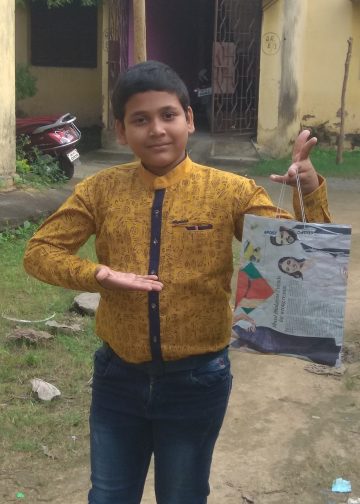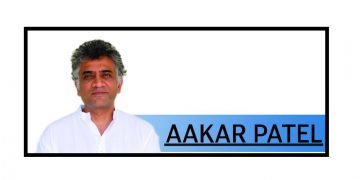Bhubaneswar: The state of Odisha is blessed with natural beauty, rich heritage, ancient monuments and its vibrant culture. The windows to the grand splendour of the state are various museums. The newest addition to list of these museums is Kalabhoomi, set in 12.68 acres of lush green surroundings. The very name of reflects its contents. Chief Minister Naveen Patnaik inaugurated Kalabhoomi March 22, this year 2018 and since then it has become a favourite haunt of artistes, art lovers, tourists and anyone interested in having glimpse of the glorious cultural heritage of the state.
Set in Pokhariput the museum also boasts of sections that focus on handicrafts and handlooms. Designed by architect Deepak Panda and curator advice by Jatindra Jain of New Delhi the place is a marvel waiting to be discovered by guests and visitors.
The handicraft gallery has been further divided into five galleries that house Terracotta, natural painting, stone and wood carving, metal crafts and natural crafts. Similarly, the handloom section is segregated into three galleries focusing on pre-weaving technique gallery, tribal crafts and handloom gallery.
The corridor connecting one end to the other has a refreshing water body where classical music is played by noted singers and musicians.
There is also a display complete with bullock cart and ‘rangoli’ patterns, giving a glimpse of village life.
Besides, there is also an impressive display of the Trinity’s Chariot with the Idols.
According to museum supervisior all the jewelleries displayed here are as old as 3000 BC.
Last but not the least is the wooden armour section, which has artefacts from ‘Paika Vidroha’, with fascinating symbols like lotus, nabagunjara, purna kalash, hansa and mastchya. An open Amphi-theatre also attracts visitors.
Kalabhoomi is open to visitors on all days, barring Mondays, from 9.30 am to 5 pm.
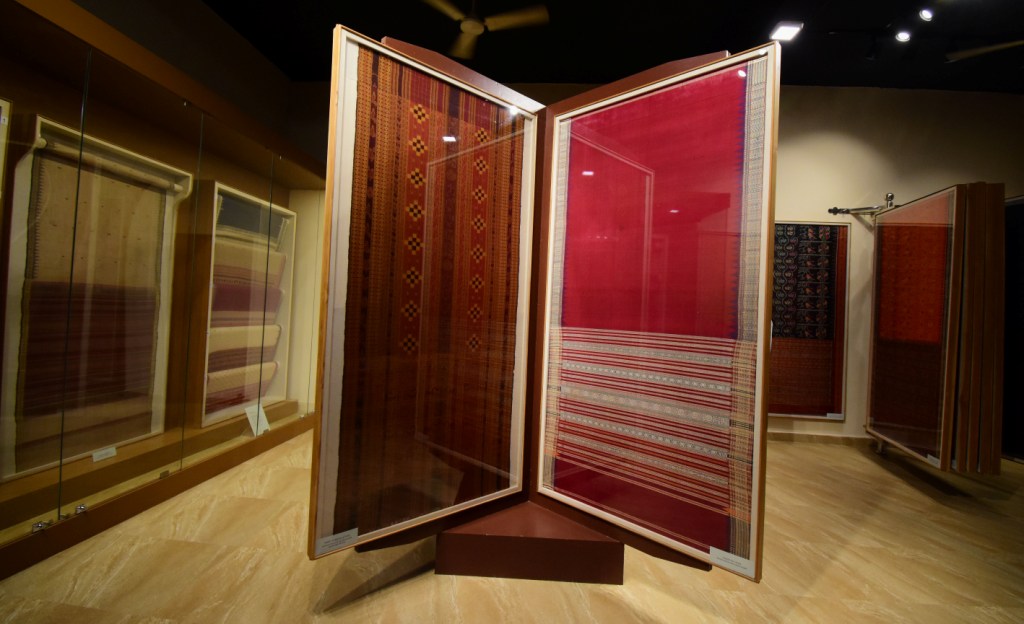
Enchanting story of sarees
Kalabhoomi’s handloom section houses 104 varieties of sarees from Odisha. The ceiling is decorated with a half woven saree that tell the story of it’s making.
Museum employee Saneeya Singh says, “We have hordes of visitors who want to know the background of the sarees and how it is woven. We have also held workshops on how to drape the nine yard in nine different ways. Also modern sarees like yoga saree, arithmatic Saree are also displayed here. Some of the sarees exhibited here are 101 year old, but look like a freshly woven saree. From Pasapalli to Boulafulia and Double Ikkat the designs are endless.”
Besides, Kalabhoomi has extensive display of tribal clothes, hunting equipments, rural household products, agricultural equipments, musical instruments, oil extractor, rice pounder and a shawl making loom.
New galleries & Cafeteria:
The museum will soon have two new galleries; the Jagannath Sanskruti and a dance gallery. Besides a cafeteria offering authentic Odia cuisine will also be opened shortly.
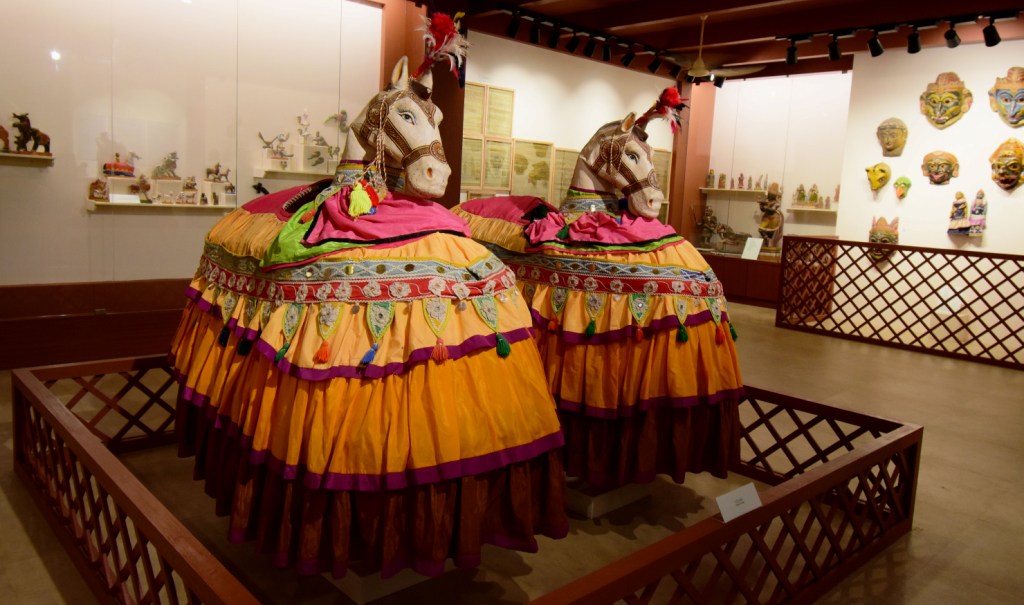
Terrific Terracotta
The terracotta gallery at Kalabhoomi is divided into nine sections where diverse pots and other items are collected from various district of Odisha are displayed.
The first section showcases various temple pots, which are used to prepare prasad or the bhog as it is popularly know. The there is a section that displays storage jars and third section boasts of decorative terracotta horse. The fourth section has on display terracotta utensils that are used in various villages, while the fifth section has religious displays like the Lanka Podi Hanuman. The sixth section has a number of Tulsi chaura, while seventh has Usha Khotthi painted jars.
Besides, there is a large display of Lakha toys alluring old and young alike and last but not least is the display of roof tiles made of terracotta.
Apart from this Kalabhoomi has a painting section divided into seven sections like organic and chemical coloured paintings, Ganjifa cards, Pattachitra on woods, palm leaf etching, masks, cowdung and paper mache paintings on pattachitra. Besides, there are paintings on dried coconut and Chaiti Ghoda.
The museum also has stone exhibits including that of soft stone, black stone and in red stone. The grandeur of a banyan tree, a lantern and pen can be seen in soft stone display, while the 7th and 8th centuries temple pieces in black stone, as well as the meditating Buddha takes one’s breath away.
Timeless wooden doors:
One can see the glimpse of the past heritage in form of strong wooden doors and wooden panels artistically displayed at the museum. Besides, there is a display of the Dashavtar made on wood panels.
Similarly, ancient jewellery from 3000 BC and silver filigree display are another attractions of the museum.
Chaitali Shome,OP

